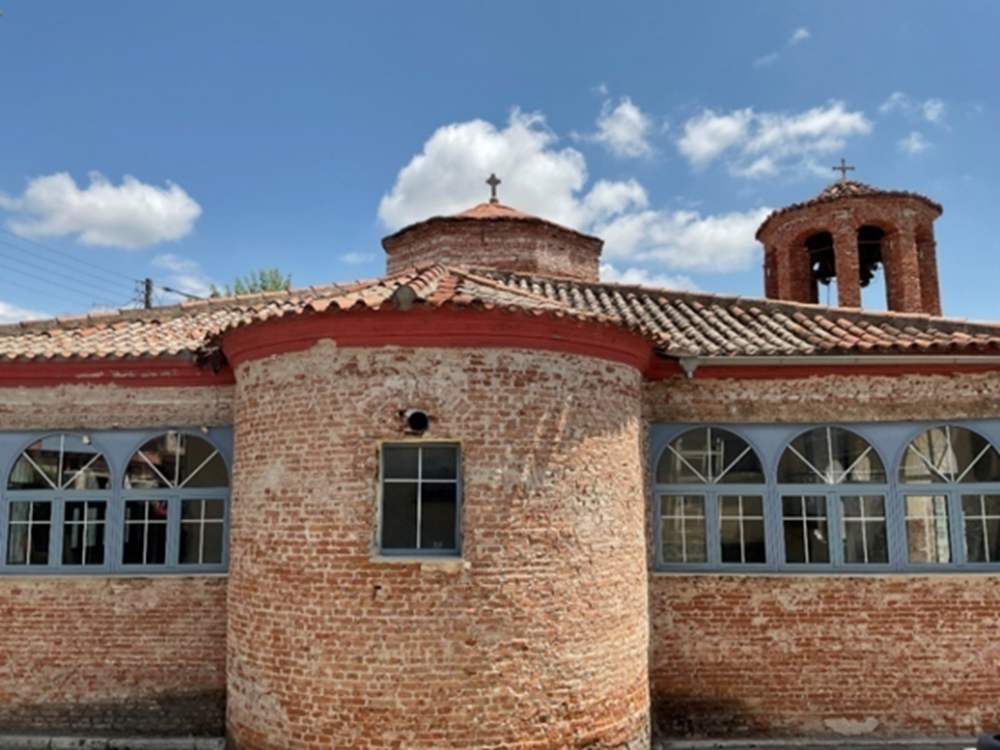
The Ministry of Culture is moving forward with the restoration and promotion of the Church of Saint Sophia in Drama, the city’s most important Byzantine monument. Following the completion of excavation work, which revealed an earlier early Christian phase, the work involves interventions at selected points, based on the data obtained from the excavation investigation.
The Minister of Culture, Lina Mendoni, stated: “Saint Sophia, in Drama, is a living testimony to the city’s long history and spiritual influence. The restoration and promotion of the monument is not merely a technical project, but an act of respect for the cultural heritage of the place. The first phase of archaeological excavations brought to light the early Christian phase of the monument. The new project aims at the structural and morphological restoration of the church in order to highlight its form as it had been preserved until the 19th century. At the same time, it ensures the protection and promotion of a monument of exceptional historical, architectural, and spiritual value for the city and the residents of Drama. The implementation of the project will strengthen the cultural identity of the city, while an extremely important monument will be fully restored to Christian worship. I would like to thank the Regional Governor of Eastern Macedonia and Thrace, Christodoulos Topsidis, for including the project in the Region’s NSRF and for our excellent cooperation.”
The city of Drama preserves a collection of monuments -religious and fortifications- dating from the early Byzantine to the late Byzantine period, as well as post-Byzantine monuments and Ottoman mosques, which document the city’s long-standing presence and importance in Eastern Macedonia. The Church of Agia Sophia dates back to the 10th century. It is believed to have been the katholikon of a Byzantine monastery and is a characteristic example of domed church architecture and evidence of the prosperity of Drama during the Middle Byzantine period. Today, it functions as the parish church of the Metropolis, a use that is expected to continue in the future.
The Church of Saint Sophia underwent five major construction periods, which shaped its current form. During the first period (4th–5th centuries), the three-aisled early Christian basilica was founded. During the second period (9th–10th centuries), a Byzantine church with a dome was erected on the foundations of the basilica, which forms the core of the present-day church. During the third period (10th–19th centuries), the south chapel, probably a burial chapel, was added, and various interventions and alterations were made, demonstrating the continuous use of the church. The fourth period (1829–1913) is characterized by the conversion of the church into a Muslim mosque. Extensive alterations and destruction of elements that bore witness to its original form were carried out. In the fifth period (1913–present), after the restoration of its Christian function, extensive maintenance and renovation work was carried out, bringing the monument to its current state.
In terms of pathology, the monument’s state of preservation is generally considered satisfactory, thanks to ongoing maintenance. However, problems have been identified due to the ageing of materials, weather conditions and subsequent interventions. The Byzantine core shows cracks in the pillars and minor subsidence, with no signs of seismic damage. The damage is mainly found in the bricks and mortar, which have deteriorated due to moisture and many years of exposure to the elements.
The restoration project aims to preserve and highlight the monument, while respecting its unique characteristics. The project includes structural reinforcement and maintenance, removal of newer additions that alter the monument’s appearance, morphological restoration of the walls and openings, the maintenance of the painted decoration, and the comprehensive enhancement of the surrounding area, with provision for accessibility for people with disabilities. At the same time, the interventions are expected to ensure the protection and enhancement of the archaeological finds of the underlying early Christian basilica.

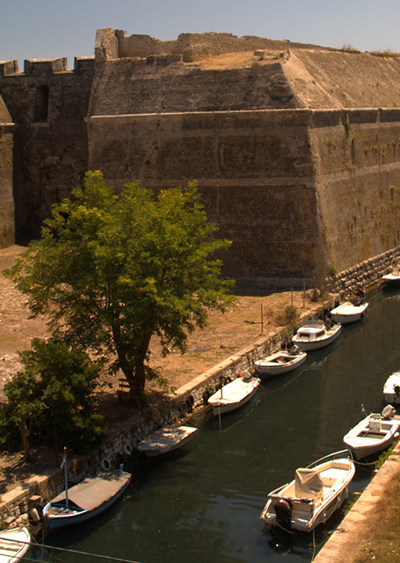
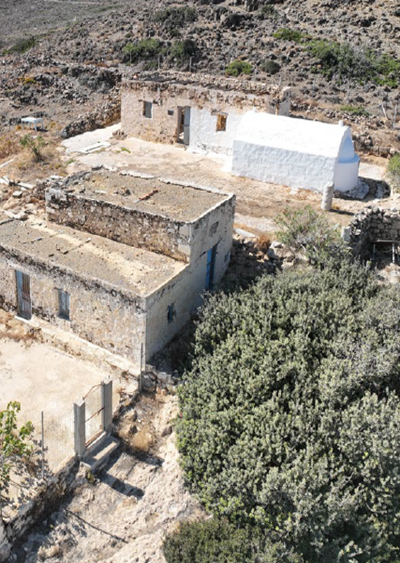
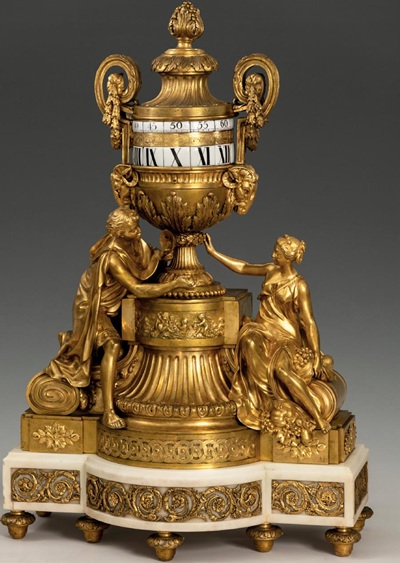
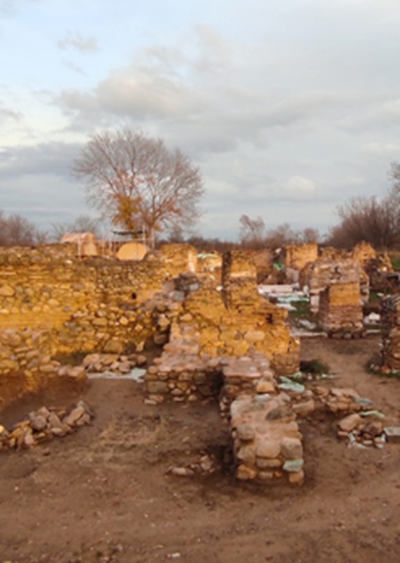


Leave A Comment